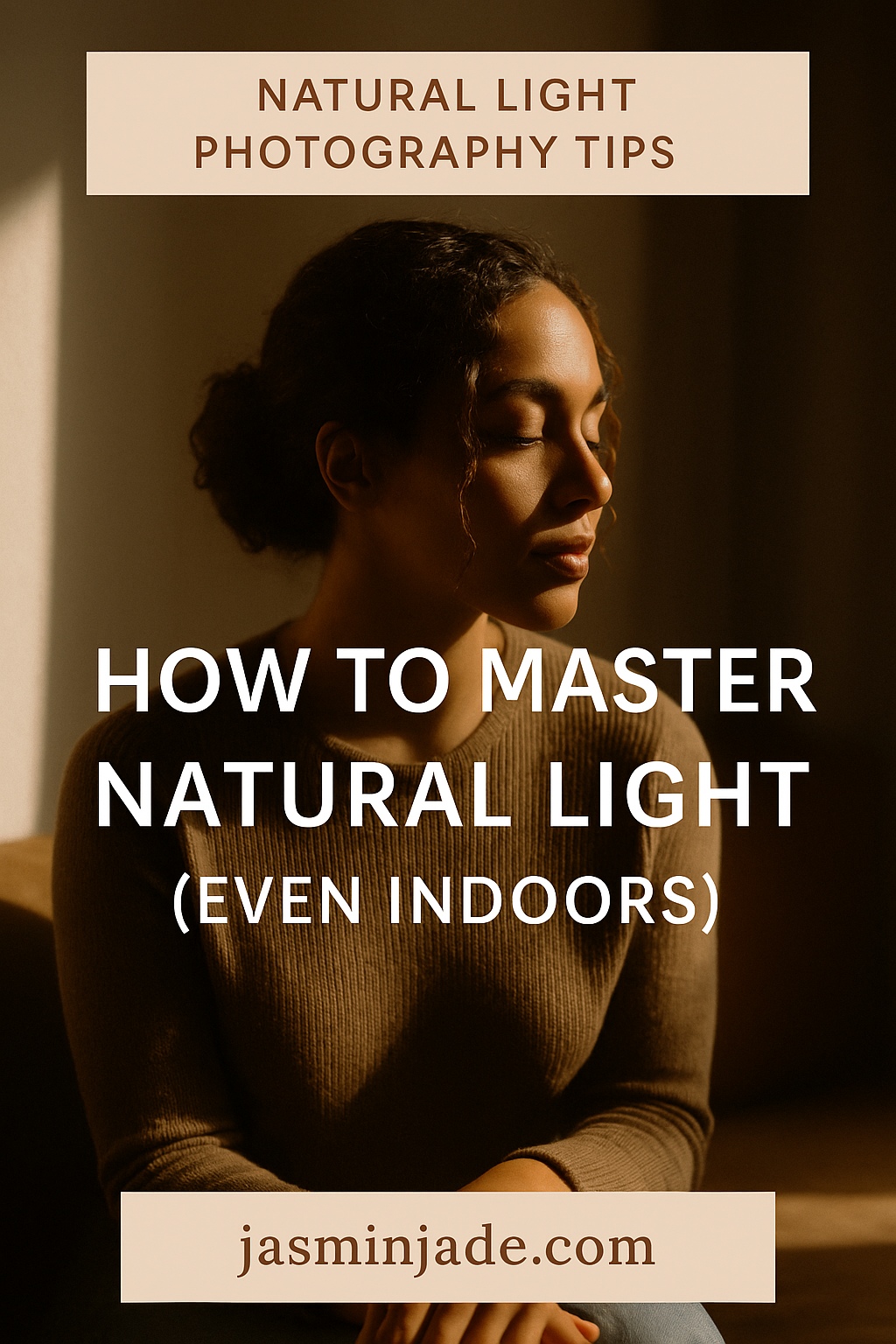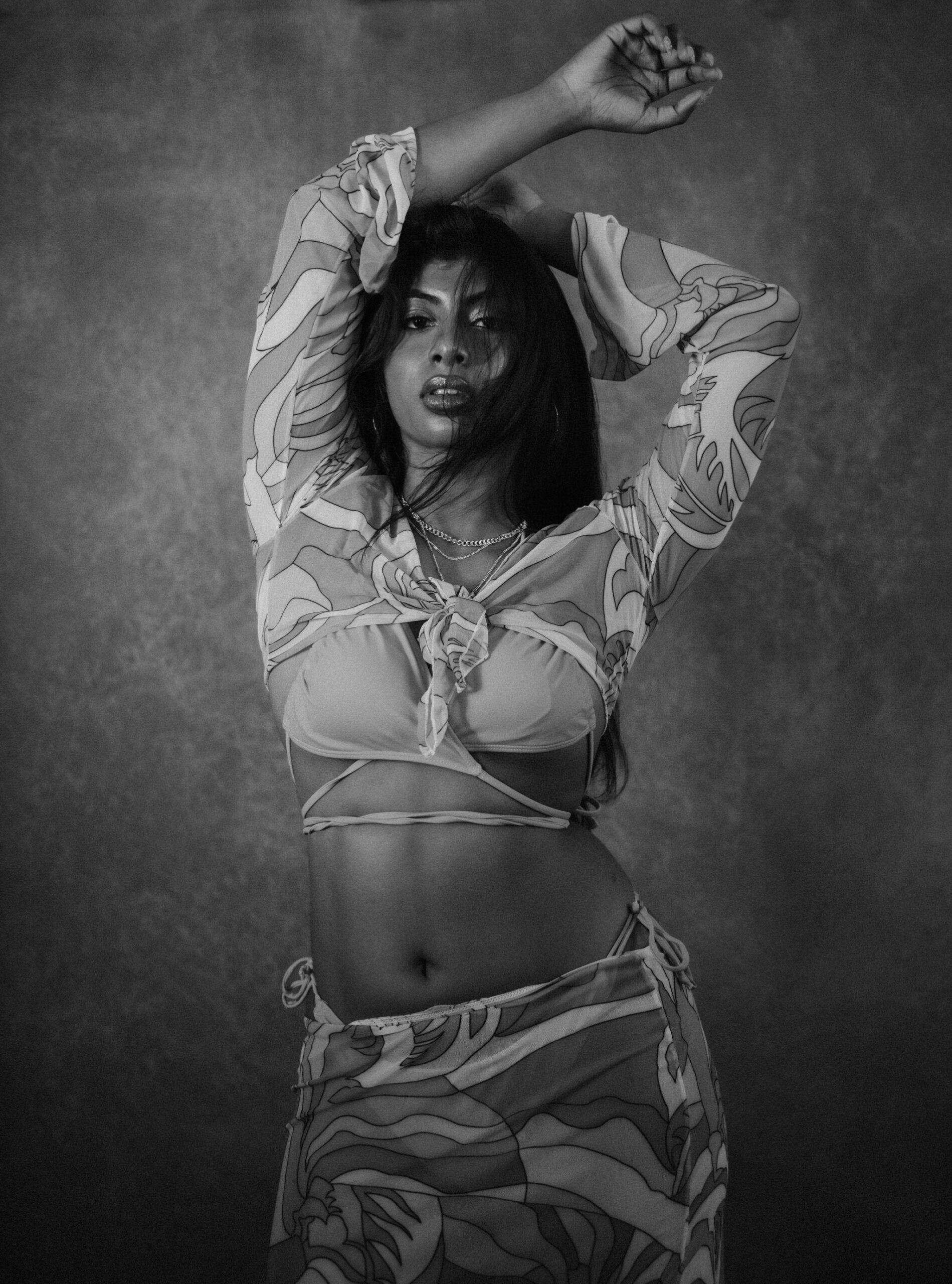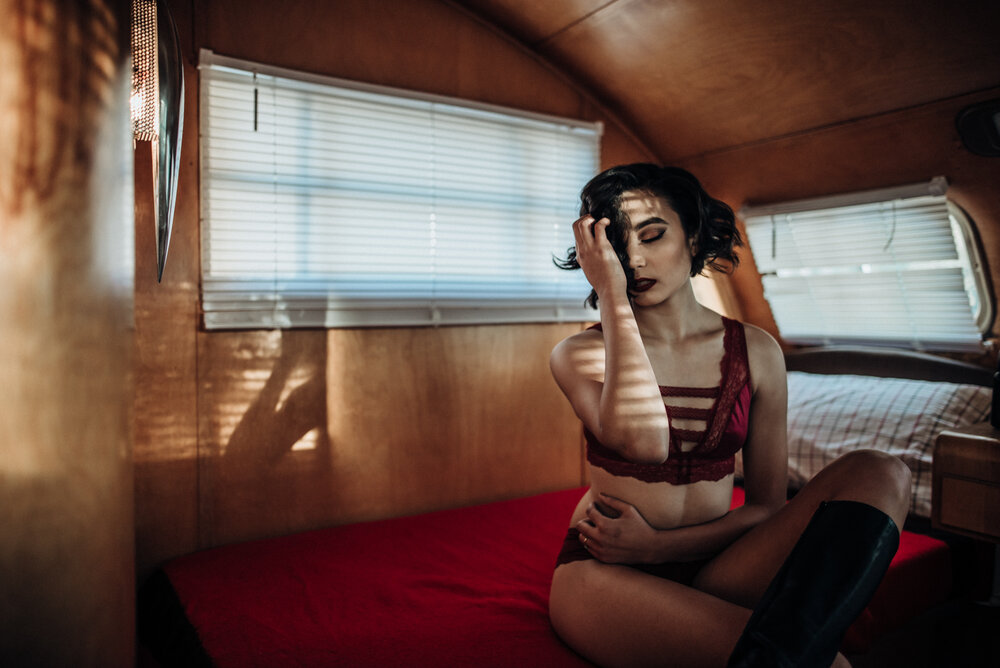How to Master Natural Light in Photography (Even Indoors)
There’s something undeniably magical about natural light—it’s soft, dynamic, and full of emotion. But let’s be honest: shooting indoors can make even the most experienced photographers second-guess their lighting.
The good news? You don’t need fancy equipment or perfect weather to create stunning, naturally lit images. With a few mindset shifts and some strategic positioning, your next indoor shoot might just become your favorite yet.
Here’s how I master natural light in my sessions and how you can too.
1. Understand Where the Light is Coming From
This sounds obvious, but many photographers don’t slow down enough to read the light. Before you lift your camera, walk the space. Where is the light spilling in from? What time of day is it brightest?
Look for:
- North-facing windows (for soft, consistent light)
- Light bouncing off white walls or ceilings
- Sheer curtains that act as built-in diffusers
Pro tip: If the light is too harsh, tape a sheer white shower curtain over the window. Instant softbox!
2. Work With the Shadows (Not Against Them)
Good natural light isn’t about eliminating shadows—it’s about sculpting with them. Shadows can add depth, mood, and storytelling to your portraits.
Try this:
- Turn your subject slightly away from the window for soft side-lighting
- Use reflectors (or a white foam board) to bounce light back into the shadows subtly
- Embrace contrast for moodier vibes, especially in boudoir or editorial-style portraits
3. Window Light is Queen (But Not All Windows Are Equal)
My favorite indoor shots almost always come from placing my subject near a window. But not just any window—one that flatters their features and sets the tone for the session.
Types of window light:
- Direct sunlight: High contrast, dramatic feel
- Overcast daylight: Soft and dreamy
- Filtered light: Best for even, glowy skin tones
Bonus tip: Have your subject face the window for even light, or turn them sideways for that moody Rembrandt effect.
4. Use Your Settings Intentionally
You don’t need to crank your ISO through the roof or overexpose to compensate for natural light. Instead, learn to balance your settings.
- Aperture: Wide open (f/1.4 to f/2.8) for that creamy bokeh and more light
- ISO: Start low (100-400) and raise only when you need to
- Shutter speed: Keep it fast enough to avoid motion blur, but slow enough to let the light in (1/125+ for handheld)
Pro tip: Shoot in RAW to have full flexibility when editing natural light variations.
5. Light Is a Character—Let It Set the Mood
This is where we get a little poetic. The way light falls across a room isn’t just technical—it’s emotional.
Ask yourself:
- What feeling does this light evoke?
- How can I use it to tell the story of this moment?
- Is it hopeful, dramatic, intimate, mysterious?
Let light become part of your narrative, not just your exposure.
Final Thoughts: You Don’t Need More Gear, you Just Need to See the Light
Mastering natural light indoors is less about perfect conditions and more about intentional observation. Start seeing your home, your studio, or even your Airbnb shoots as opportunities to get creative with the available light.
Your camera doesn’t create the magic, you do.
✨ Ready to learn more?
Check out my presets designed specifically to enhance natural light photography without over-editing. They’re built for the glow you capture right in-camera.






Comments +